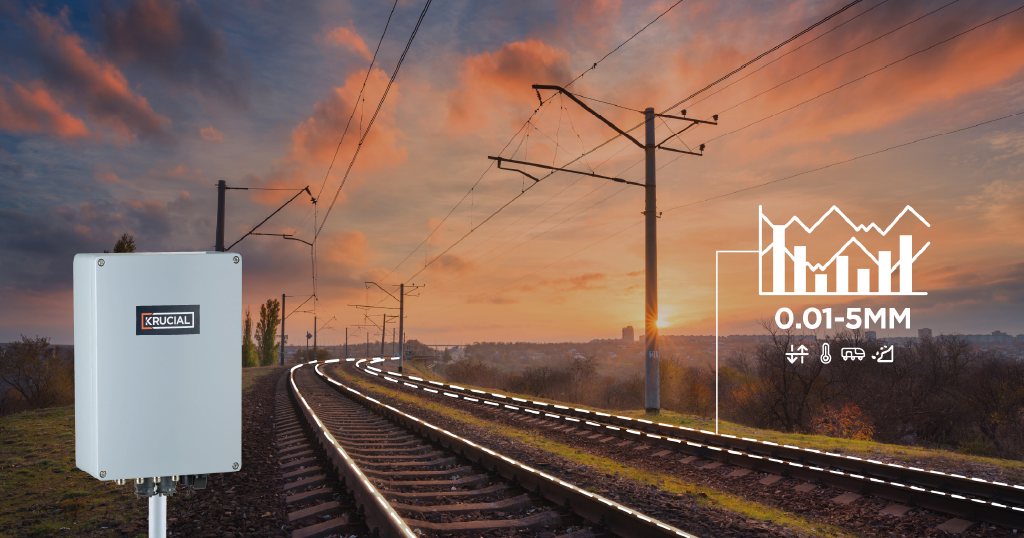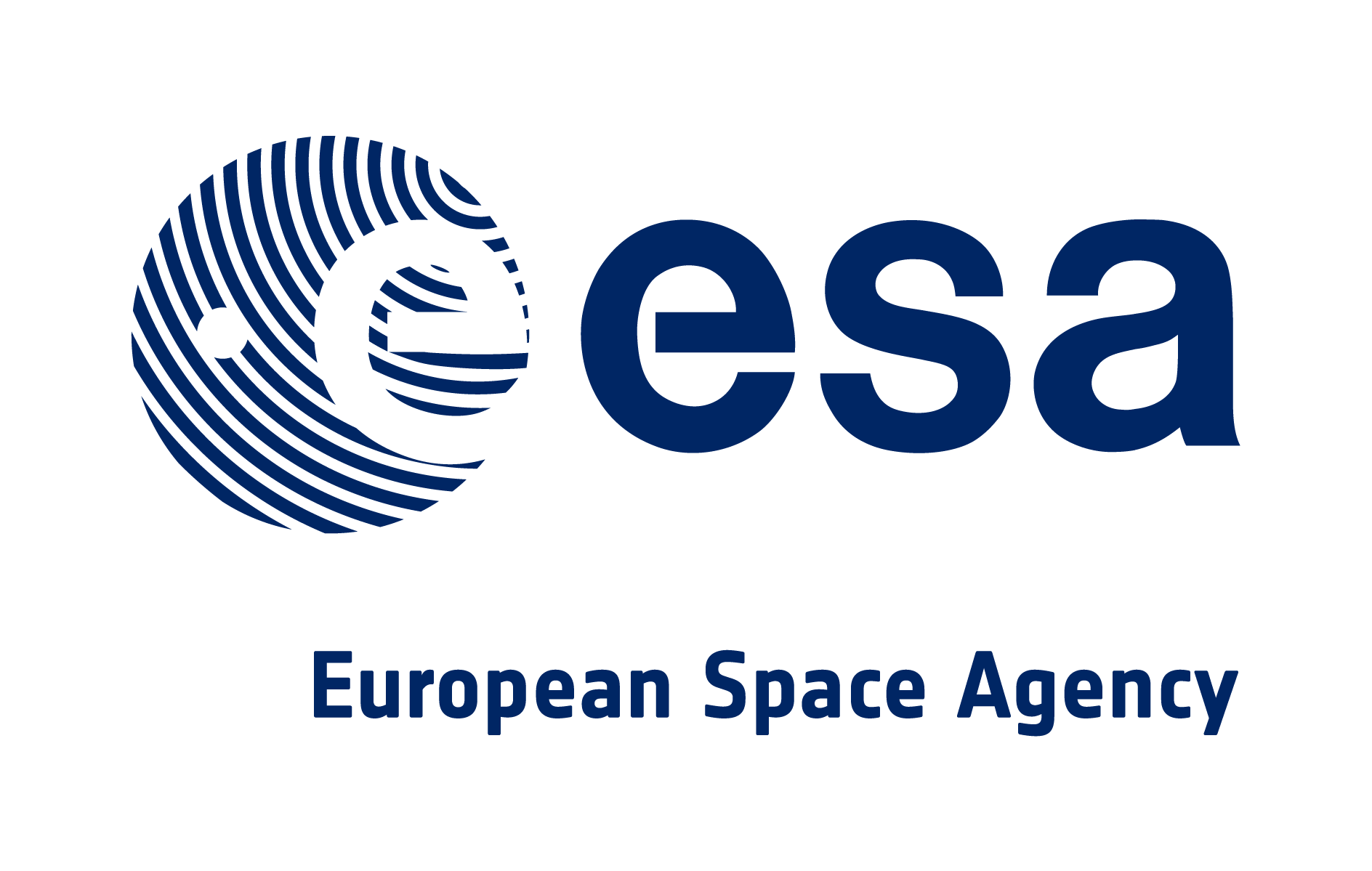How can the transport industry avoid further disruption as our climate changes?
Remote monitoring is key. Embedding the correct equipment and processes within rail and road networks can enable predictive maintenance, ensure proper track alignment and allow for appropriate safety measures to be put in place.
While rail and transit operations are already embracing smart devices, often getting the full benefit of this technology isn’t possible due to poor connectivity. For example, monitoring track temperature is already known to be important as it informs whether a service has to slow down for passenger safety; monitoring remotely requires reliable connectivity to ensure the appropriate speed and accuracy of that information.
Connectivity is often the missing piece in the puzzle. Roads, railways and other assets in remote locations with no communications infrastructure cannot be properly monitored or understood – data is not quickly available to those tasked with maintenance. This makes monitoring a consuming and costly process, often requiring physical trips to areas with no connectivity. Operators need to know quickly if a track has buckled or a road is softening, whether it’s in an urban centre or a remote line with no cellular connectivity.
Krucial’s connectivity solution gives rail operators access to information and data from all their IoT devices – regardless of location, existing communications infrastructure or weather conditions. Automatic switching between cellular and satellite and built-in resilience means no downtime. Consistent, reliable access to data allows for maintenance issues to be dealt with before they can develop, even in blackspot areas including bridges and tunnels, saving significant time and resource.
Keeping IoT devices connected at all times also allows for the accurate monitoring, measurement and analysis of environmental and weather conditions to gain a deeper understand of trends and impacts on assets, both during extreme weather events and in remote locations.
The platform uses an open API to easily integrate with existing business systems and can be deployed quickly and easily, so data about infrastructure conditions and maintenance can start flowing almost instantly.
As the climate changes, our response must be innovative and ambitious, with digitisation and industrial level IoT at its core – connectivity makes that possible.









